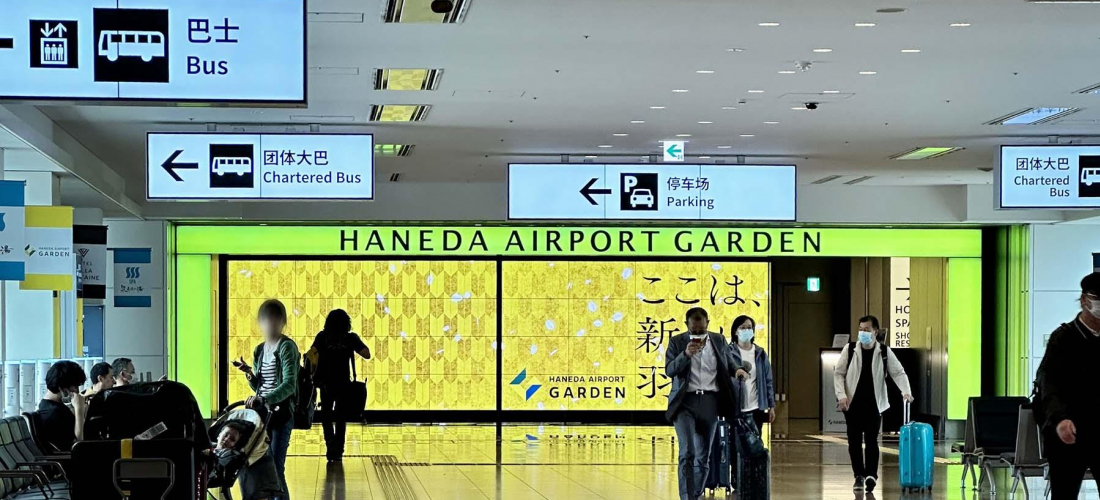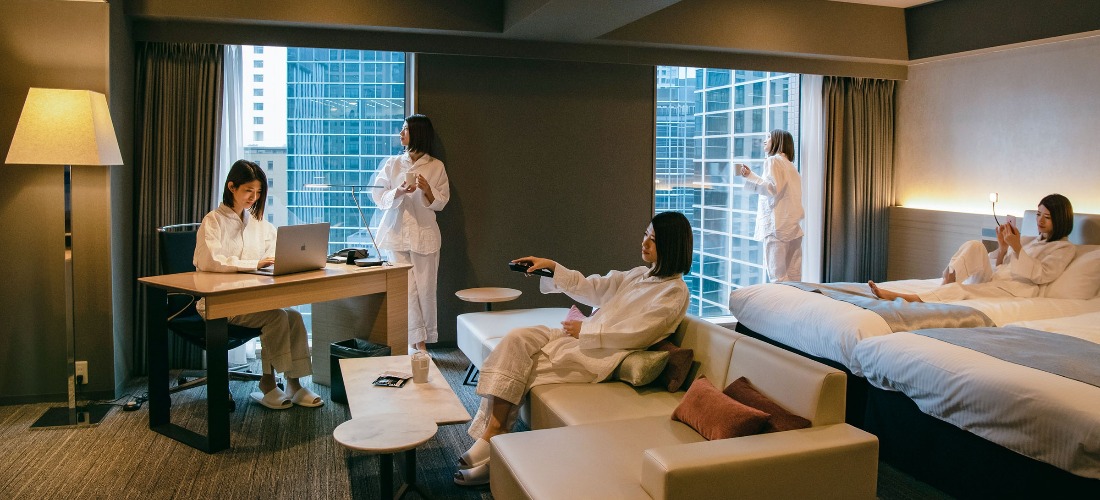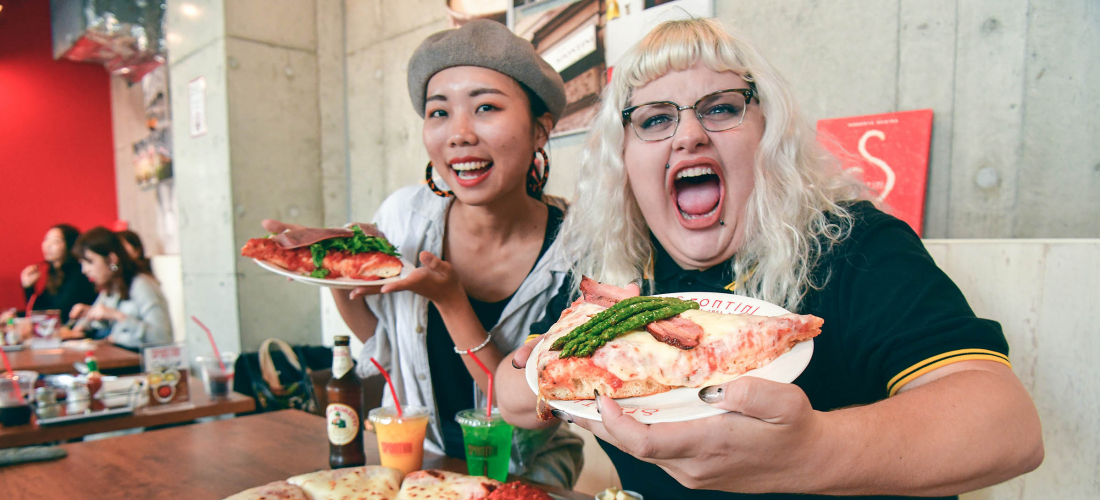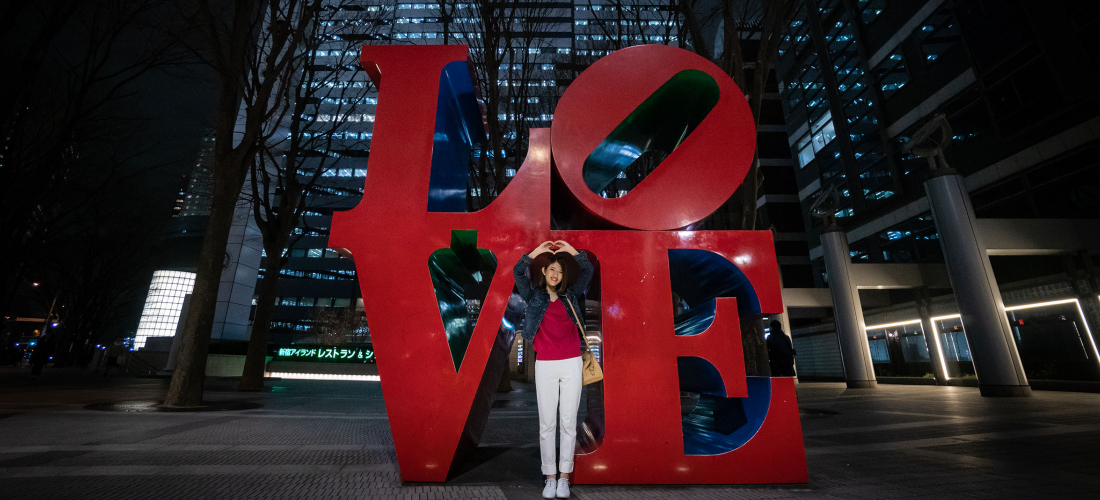
CONTENTS
Few and far between are the travelers who come to Japan and skip Tokyo, and there’s a reason for that! Tokyo is full of things to do, and one of the most popular neighborhoods is Shinjuku. A hot spot among locals and travelers alike, this hopping part of Tokyo is packed full of restaurants, shops, hotels, and plenty to intrigue even the most jaded traveler. Not sure where to start? What Shinjuku hotels to stay at, or where to eat around Shinjuku Station? Let us fill you in on the need-to-know info on the Shinjuku area.
(Delicious fresh crab and a fresh new wardrobe, relaxing hotels and unrestrained entertainment, it’s all waiting for you in Shinjuku!)
① Where to Eat in Shinjuku
The Shinjuku Kani Doraku can be found on the 7th and 8th floors! The restaurant's signature giant moving crab sign is there as always, waving its claws even from high in the sky.
A Rare Variety of Shabu-Shabu: Kani Doraku (かに道楽)
Away from the hustle and bustle of Shinjuku, the calm atmosphere and Japanese-style interiors found in this upper-floor restaurant are a refreshing change. Sit down, relax, and try some fresh seafood, prepared in a variety of Japanese styles. The crab-meat hot pot and the sushi are some of the most widely recommended items on the menu. Kani Doraku's popularity has helped it spread to locations across the country, but the fantastic interior design of the main Shinjuku location makes it a great place to check out the hype.
The concept for this location is that of a traditional Japanese street. They certainly did an impressive job approximating that kind of setting. The restaurant seats 390, and the tables are "horigotatsu" (掘りごたつ), which means that even though it looks like you're sitting on the floor, an open space under the low tables makes it feel like you're comfortably sitting on a normal bench.
Our recommendation for the day is the kani shabu (かにしゃぶ), or crab hotpot. Kani Doraku has multiple options for crab hotpot, including shabu-shabu and sukiyaki, but the shabu-shabu crab is all shelled, giving you the chance to really luxuriate in the taste and texture of crab meat.
They work to use the most fresh and seasonal ingredients, including the crab, which means that during the summer you might find yourself eating Hokkaido crab, whereas in winter they'll often serve crab caught in the Sea of Japan. It all depends on the time of year, and what part of Japan you're in!
One of the reasons we recommend their shabu-shabu is their extra-flavorful broth, which they take particular pride in. They make totally fresh broth twice a day, and once you cook your own vegetables and crab in the liquid, it's really bursting with flavor. It's so tasty, even once you're done with all the add-ins, you'll want to drink the broth to the last drop.
If you want a bit of contrasting flavor, the hotpot comes with two dipping sauces (つけだれ, tsukedare), which are ponzu (a citrus-based sauce) and sesame. Try the dipping sauces with some of the various vegetables that come with the dish, or the tofu and rice cakes.
Of course, Kani Doraku has more than just hotpot. Their sushi is perfect for the crab lovers among us, with different pieces being made with a variety of different crab parts. Savor all the flavors crab has to offer.
Shabu-shabu, sukiyaki, sushi, and side-dishes galore, every meal at Kani Doraku is something of a flavor explosion. It's a great place to try a multi-course meal, where you'll be served crab prepared in any number of different ways. One tip: you are welcome to just show up, but if you make reservations you'll be able to get to all that good crab as soon as you arrive.
Kani Doraku (かに道楽), Shinjuku Location
Address: Theatre Shinjuku 7th/8th Floor, 3-14-20 Shinjuku, Shinjuku, Tokyo
Hours: 11:30 – 23:00
Access: 3 min. from Shinjuku-sanchome Station, exit B3
Phone: +81 3-3352-0096
Reservation Page (en)
② Where to Shop in Shinjuku
A Unique Souvenir for Yourself or Your Friends: Dress Shirts at Brick House, by Tokyo Shirts
A nice shirt might not seem like an obvious souvenir from Japan, but that’s what makes it a fun choice. Think about it, most of the workforce of Tokyo still wear suits and dress shirts to work every day, so it’s just the place to class up your wardrobe. Thanks to the formal office dress codes, companies like Tokyo Shirts have tackled all kinds of common issues, and nice shirts have basically evolved to a higher level in Japan. They’ve come up with some pretty ingenious methods to keep the garments comfortable to wear in all kinds of weather, and then created them in simple and uniquely Japanese designs, some of which you’re unlikely to see in the West. Really, when you think about what your mom or dad (or aunt, uncle, best friend) might want you to bring back for them from Japan, is it a sack of green tea kit-kats, or a classy shirt they can wear around town and brag to their friends about? We think the shirts at Brick House in Shinjuku are a pretty good choice, since they’re a Japanese brand with the same high quality you’d find at a department store, but at a reasonable price of about 4,900 yen each for premium cotton varieties. With 300 different designs in the store at any time, you’re bound to find a few you want to take home.
With all the different designs, you can get lost in all the particulars. Some points to focus on when choosing the perfect shirt are the collar and the button positioning, along with the important factors of material, pattern, and fit/sleeve length. In Japan you’ll often find the inner portion of collars faced with a different color, which was originally just to prevent staining, but is now an intentional style choice. Go for that cool Japanese CEO look. They also have a few options for button placement, with some shirts that have two buttons at the neck (so that you can open one for a more comfortable but still very formal look!), and also buttons carefully placed to push your tie up properly.
Perhaps the most luxurious shirt you'll find in the store is easily discovered thanks to its gold Brick House tag. Not only are these 100% premium Pima cotton, but the shirts are crafted to be wrinkle-free, all for 4,900 yen. Just hang them after washing, and the next day you'll be chic and ready to go. Maybe not a bad idea while you're traveling?
One other benefit of Brick House is the sizing. With sizes up to 4L, different shirt cuts, and varying sleeve lengths, you'll be sure to find shirts that fit.
Some of the store's seasonal items are also some of their most uniquely impressive products. From super-light and soft gauze shirts, to shirts made out of the same high-tech material as soccer jerseys, the fabric options are pretty great for summer. If you want to look good but dread the prospect of undershirts (or the look of them), they even have shirts with a built-in undershirt layer. Pretty nifty.
Of course they also sell ties alongside the shirts, some of which are made of Japanese silk. (Perhaps a good souvenir option when you don't know your friend or family member's shirt size.) These also come in hundreds of different designs, from simple and classy stripes to cartoon characters, and designs that have a clear sense of Japanese style.
Whether you're looking for a wardrobe update, or an unusual souvenir for a loved one, Brick House is home to some high-quality merchandise. If you stop into the shop and like what you see, there's even an online store that's set up to ship internationally, where you can also find women's wear as well.
Brick House by Tokyo Shirts, Shinjuku Sanchome Location
Address: 3-14-23 Shinjuku, Shinjuku, Tokyo
Hours: 11:00 – 21:00
Access: 3 min. from Shinjuku-sanchome Station, exit B3
Official Website
③ Where to Be Entertained in Shinjuku
Shinjuku’s Most Famous and Most Flashy Entertainment: The Shinjuku Robot Restaurant
Looking for some colorful, vibrant fun? Well Shinjuku’s fairly renowned Robot Restaurant has you covered. Heard of the place, but not quite sure what to expect? It might be called a restaurant, but it’s really more of a wild show. Let us give you a taste of the experience.
From the start, you can tell this is going to be impressive. Visitors from around the world stream through the entrance.
It's a little hard to know where to look during the performance, with so much to constantly catch your eye.
Cheer on your favorite during robot fights. The more you get into the experience, the more fun the craziness will all be.
The switches between 2D and 3D visuals are popular with the younger crowd.
Of course there aren't just robots on stage, and the human performers are a huge part of the fun. With so much enthusiasm, they make it all seem like a carnival.
Stepping into the restaurant feels a little like stepping into a different universe. Even the waiting room, where you can sip drinks and wait for the show to start, is a spectacle in and of itself.
If this all sounds good to you, don’t miss out while you're in Shinjuku!
▶︎ And definitely don’t forget to bring this discount coupon for 2,000 yen off!
Robot Restaurant Shinjuku
Address: 1-7-7 Kabukicho, Shinjuku, Tokyo
Fee: 8,000 yen (6,000 yen with the use of the above coupon!)
See the official website for the show schedule. Standard runtime is 90 minutes.
Official Website
④ Where to Stay in Shinjuku
Experience the Luxury of a Brand New Hotel: Daiwa Roynet Hotel Nishi-Shinjuku
If you want to see what it's like to stay in one of the most popular parts of Tokyo, we'd recommend the Daiwa Roynet Hotel, which only opened in early 2019. Between the prime location and brand new facilities, it's a pretty nice place to stay.
Being built so recently, everything is quite new and modern, with chic interiors. There are some pretty cool conveniences, like the menu on each room's television, where you can check the status of facilities around the hotel (including how your laundry is doing in the laundry room!)
Lots of rooms come with state-of-the-art massage chairs, perfect for erasing the fatigue of your long, fun day traipsing through Shinjuku.
There's a women-only floor, as well, where rooms come equipped with some special luxuries like foot massagers and face misters.
The area around the hotel is quiet, but it's just a short walk away from all the craziness of Shinjuku, so there’s plenty to see nearby. Go on a walk to see the nearby LOVE sculpture and Tokyo Metropolitan Government Building (which has a fantastic observation deck), then finish off the day at Omoide Yokocho, which is filled with little places to eat and drink the night away. It’s a pretty convenient location, you can read more about the amenities and nearby attractions here.
Daiwa Roynet Hotel Nishi-Shinjuku
Address: 6-12-39 Nishishinjuku, Shinjuku, Tokyo
Check-in/Check-out: 14:00/11:00
Reservations
After reading up on Shinjuku, do you feel a little more prepared to get going? There's lots to do in the area, including plenty more places to eat and drink and take in the sights. As such a busy part of a busy city, you might never run out of things to do in Shinjuku, but we hope this article gave you a few good ideas to start with!
COMMENT
FEATURED MEDIA
VIEW MOREMAP OF JAPAN
SEARCH BY REGION

LATEST
VIEW MOREEVENT CALENDAR
VIEW MOREMOST POPULAR
 Tokyo Winter Recommendation: Don’t Miss Tokyo Mega Illumination, Japan’s #1 Light Show
Tokyo Winter Recommendation: Don’t Miss Tokyo Mega Illumination, Japan’s #1 Light Show ป้ายยาสินค้าน่าซื้อในร้านขายยาญี่ปุ่น | KOWA ผลิตภัณฑ์เพื่อสุขภาพสำหรับคนยุคใหม่
ป้ายยาสินค้าน่าซื้อในร้านขายยาญี่ปุ่น | KOWA ผลิตภัณฑ์เพื่อสุขภาพสำหรับคนยุคใหม่ Okinawa Family Road Trip: Japanese Glasses Shopping at San-A Urasoe West Coast PARCO CITY, Discount Coupons, & Okinawa Sightseeing with JINS
Okinawa Family Road Trip: Japanese Glasses Shopping at San-A Urasoe West Coast PARCO CITY, Discount Coupons, & Okinawa Sightseeing with JINS

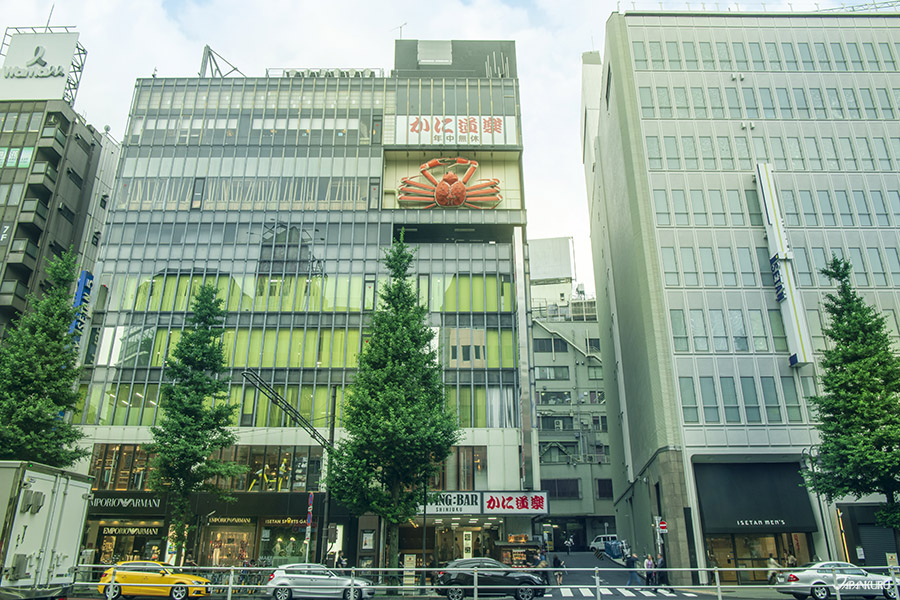
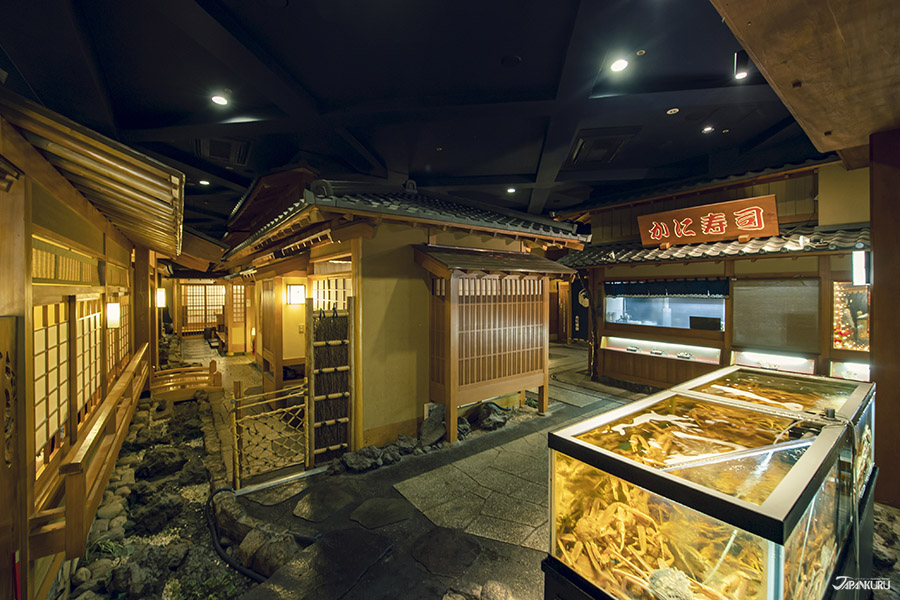



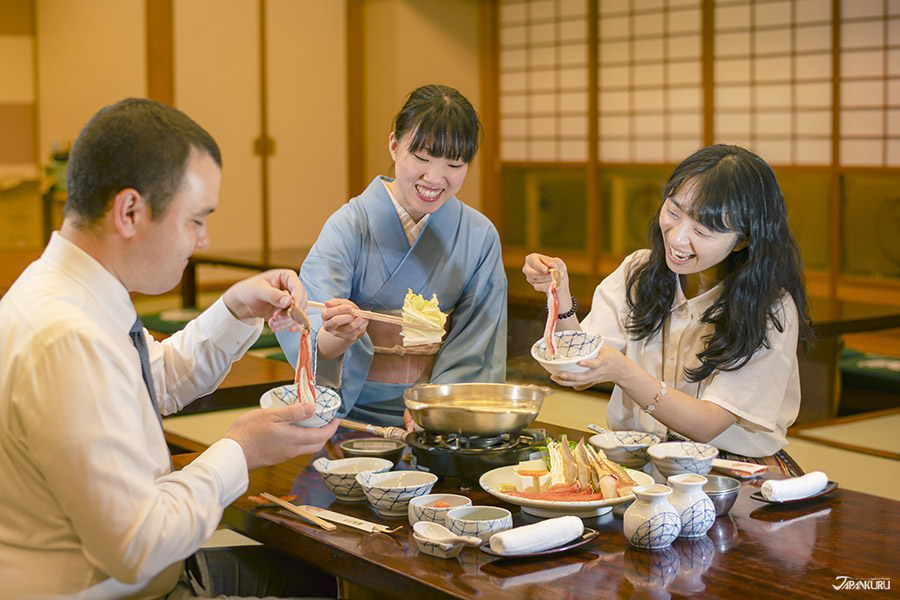
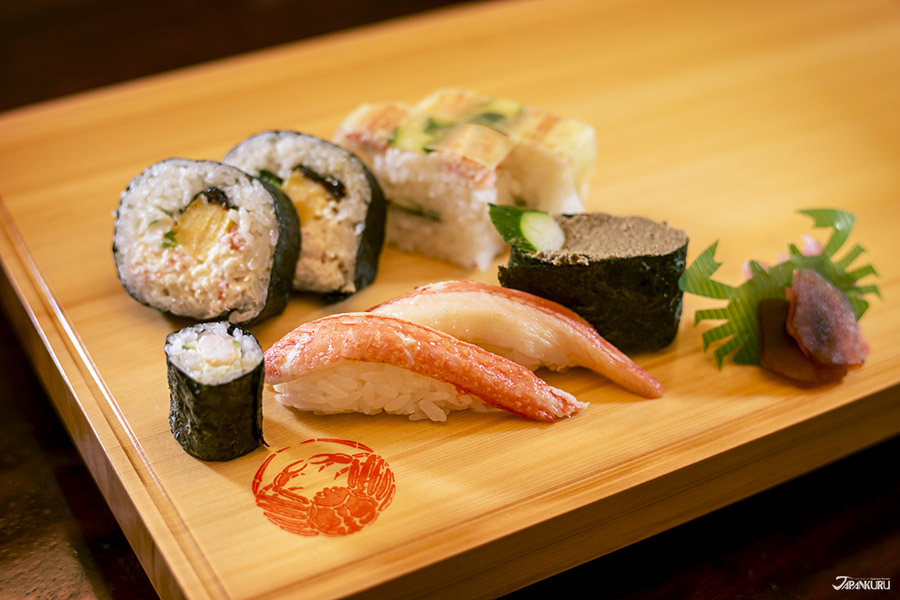
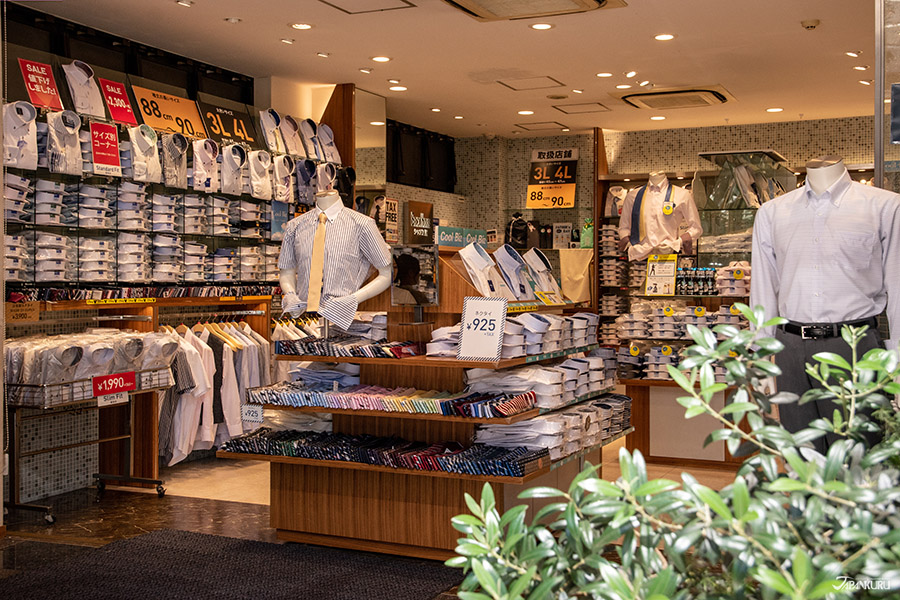
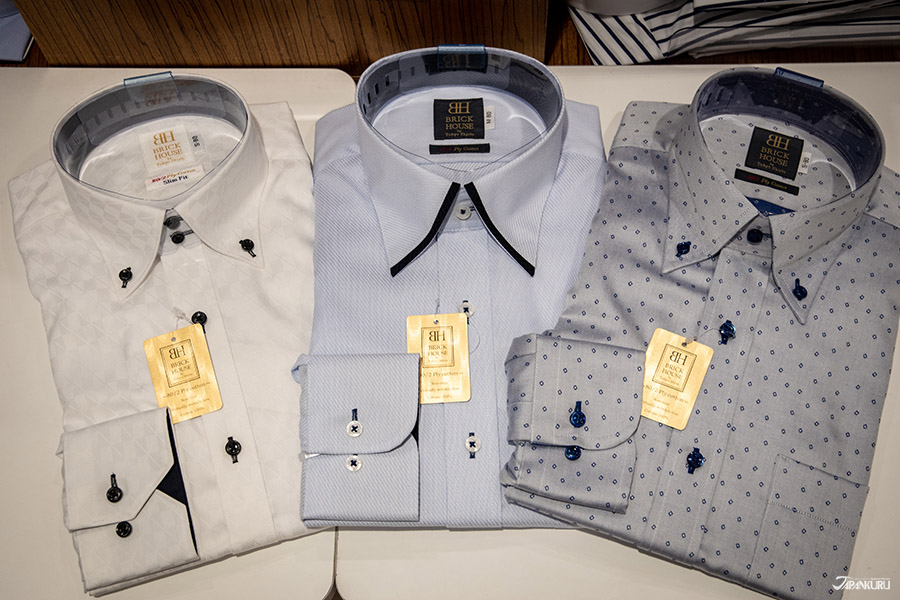


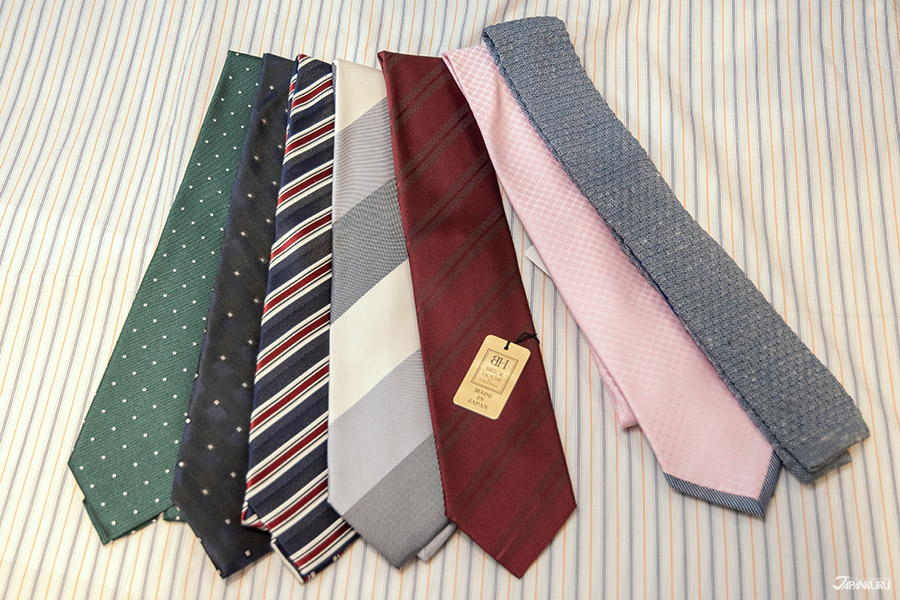






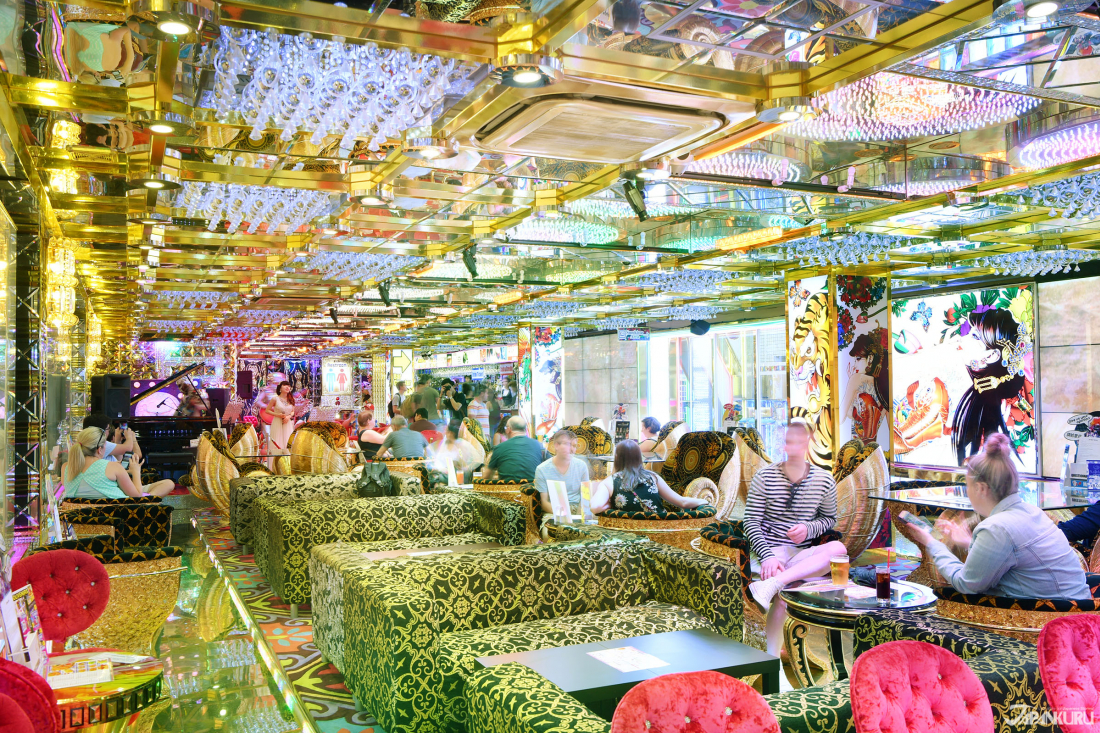
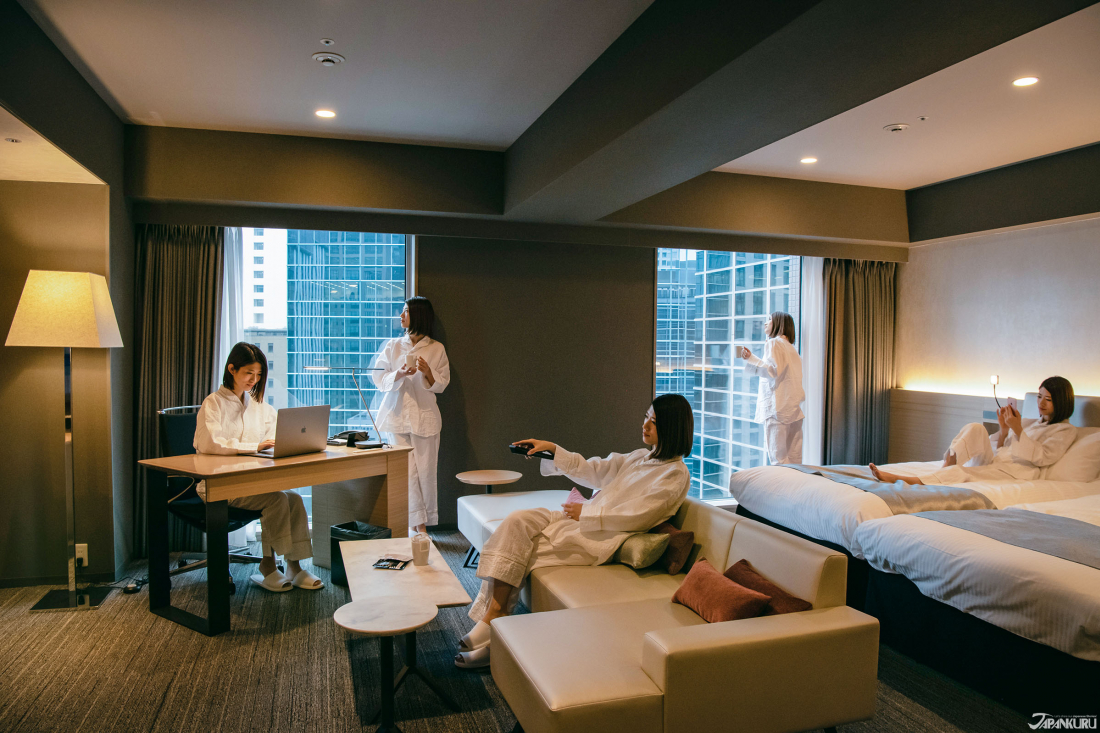

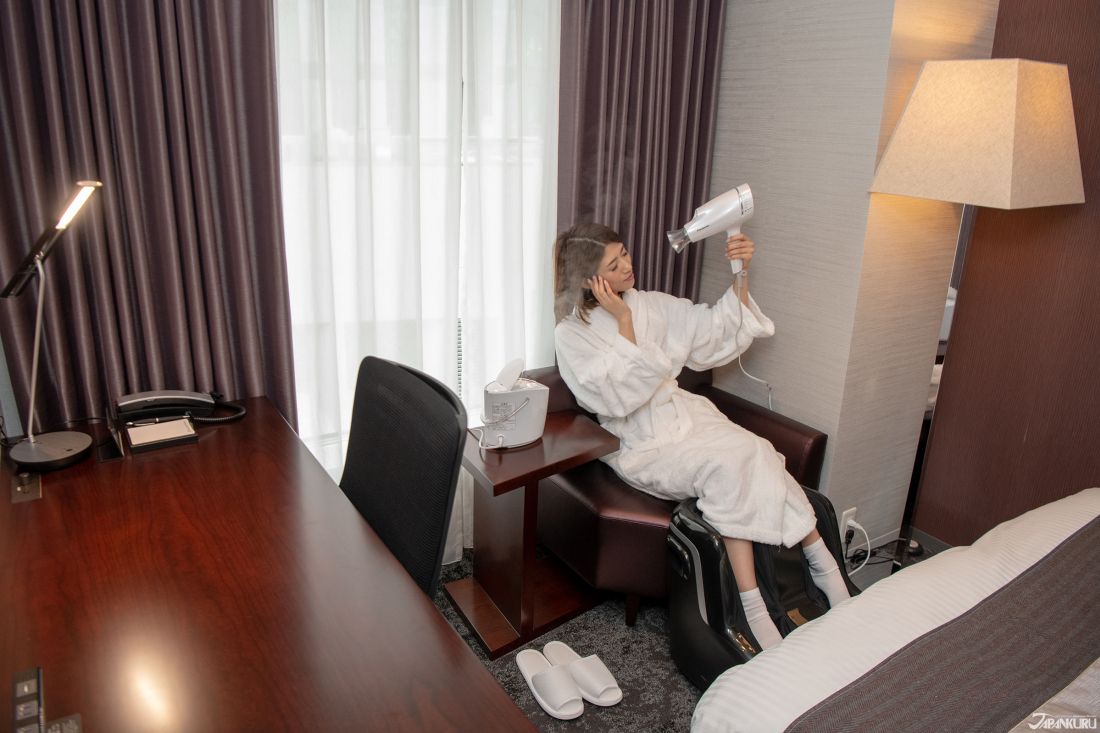
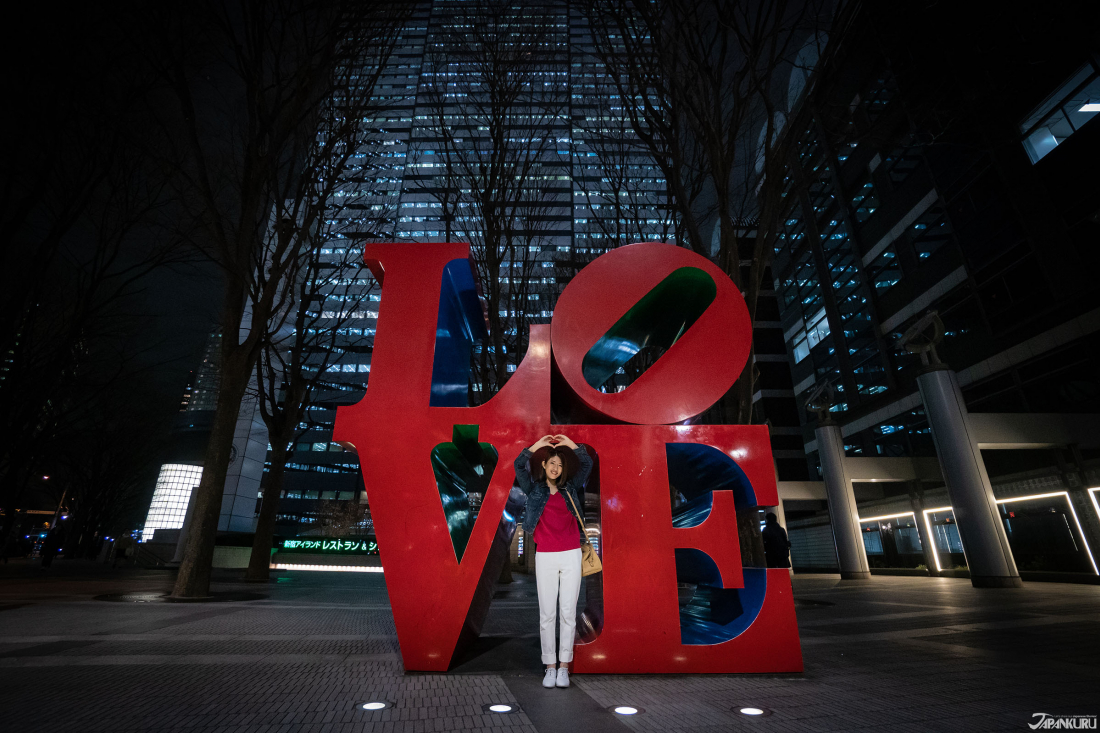





 >> Find out more at Japankuru.com! (link in bio)
#
>> Find out more at Japankuru.com! (link in bio)
#





 The Robot Restaurant is gone, but the Samurai Restaurant is here to take its place. Check it out, and don't forget your coupon!
The Robot Restaurant is gone, but the Samurai Restaurant is here to take its place. Check it out, and don't forget your coupon!
 신주쿠의 명소 로봇 레스토랑이 사무라이 레스토랑으로 부활! 절찬 쿠폰 발급중
신주쿠의 명소 로봇 레스토랑이 사무라이 레스토랑으로 부활! 절찬 쿠폰 발급중
 18歲以上才能入場的歌舞秀,和你想的不一樣!拿好優惠券去看看~
#tokyo #shinjuku #samurairestaurant #robotrestaurant #tokyotrip #도쿄여행 #신주쿠 #사무라이레스토랑 #이색체험 #할인이벤트 #歌舞伎町 #東京景點 #武士餐廳 #日本表演 #日本文化體驗 #japankuru #japantrip #japantravel #japanlovers #japan_of_insta
18歲以上才能入場的歌舞秀,和你想的不一樣!拿好優惠券去看看~
#tokyo #shinjuku #samurairestaurant #robotrestaurant #tokyotrip #도쿄여행 #신주쿠 #사무라이레스토랑 #이색체험 #할인이벤트 #歌舞伎町 #東京景點 #武士餐廳 #日本表演 #日本文化體驗 #japankuru #japantrip #japantravel #japanlovers #japan_of_insta
 코지마 x 빅 카메라 쿠폰으로 일본 가전 제품 쇼핑하기
#pr #japankuru #japanshopping #kojima #biccamera #japaneseskincare #yaman #dji #osmopocket3 #skincaredevice #日本購物 #美容儀 #相機 #雅萌 #日本家電 #일본여행 #면세 #여행꿀팁 #일본쇼핑리스트 #쿠폰 #일본쇼핑 #일본브랜드 #할인 #코지마 #빅카메라 #japankurucoupon
코지마 x 빅 카메라 쿠폰으로 일본 가전 제품 쇼핑하기
#pr #japankuru #japanshopping #kojima #biccamera #japaneseskincare #yaman #dji #osmopocket3 #skincaredevice #日本購物 #美容儀 #相機 #雅萌 #日本家電 #일본여행 #면세 #여행꿀팁 #일본쇼핑리스트 #쿠폰 #일본쇼핑 #일본브랜드 #할인 #코지마 #빅카메라 #japankurucoupon































 Oita Hello Kitty Airport
Oita Hello Kitty Airport  Lands April 13th
Lands April 13th









